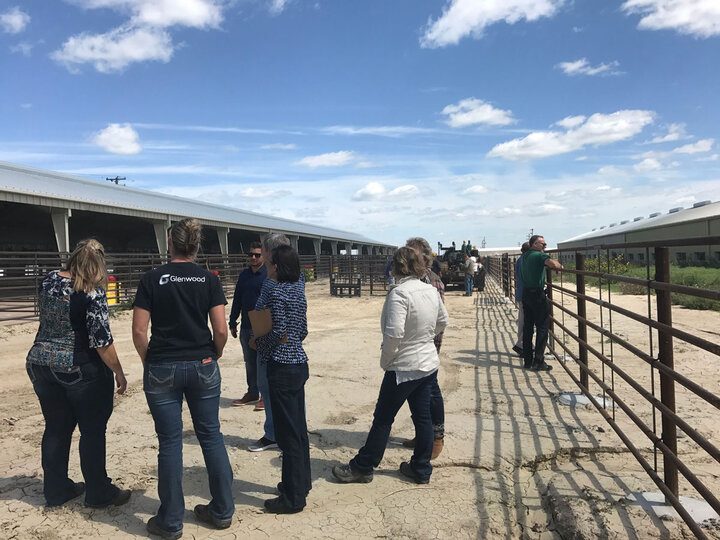Livestock operations are constantly under community examination and as described previously, there are practices that can be adopted to reduce conflicts with neighbors. Communicating to the community your shared value for good farm practices and the benefits that your operation can bring to the community is a must for a livestock operation.

As producers, it is important to identify all the community benefits that a livestock operation can produce: demand of local labor, products and services; diversification of economic activities, supply of local food, manure for locally produce nutrient sources, among others.
Nebraska’s animal production industry generates $17.1 billion in economic output, 3 billion in household income and 5.4 billion in Gross State Product (value-added) every year, along with creating 88,936 jobs, making it one of the biggest employers in Nebraska (Economic Impact of the Nebraska Agricultural Production Complex, 2017).
Animal producers in Nebraska are working on improving the sustainability of their operations. Pork, beef and dairy have been improving their production systems and now it is possible to produce more using less resources. Between 1960 and 2016, livestock in the US has increased its productivity, which means we need fewer animals to produce a larger amount of animal products. For example, a dairy cow nowadays is producing 3 time more milk than a cow did in 1960. Also, less water and less land are needed to produce other animal products: a pound of feed, a gallon of milk, a pound of pork and a pound of chicken meat. It is part of your job to communicate our efforts to improve the way we use resources and the improves on the sustainability of the animal production industry. The challenge is not for the producer to know the benefits, it is communicating them to the community.
Resources to communicate the community benefits of livestock operations:
- Farmers and Ranchers Deliver’s sets of facts of community, environmental and economic benefits of livestock.
- Social media material produced by the University of Nebraska-Lincoln Animal Manure Management Team every month.
- The 2017 Economic Impact of the Nebraska Agricultural Production Complex, by the Department of Agricultural Economics of the University of Nebraska.